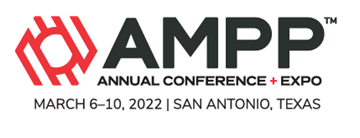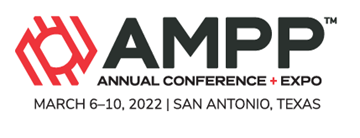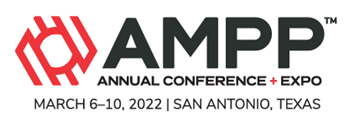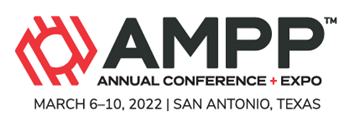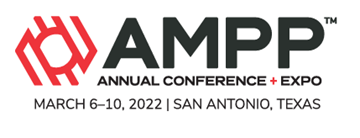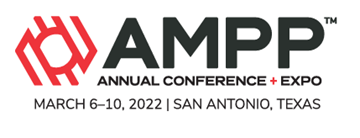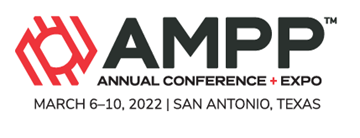Search
Coatings and Linings
View as
Sort by
Display
per page
Failure Analysis of Paints and Coatings for Transmission & Distribution (T&D) Pipeline and Utility Structures Case Studies
Product Number:
41215-940-SG
Publication Date:
2015
$20.00
Failure Cases Of Super Duplex Stainless Steel Pump Components
Product Number:
51322-17689-SG
Publication Date:
2022
$20.00
FEM Simulation Analysis Of The Pipe-Casing Under Cathodic Protection
Product Number:
51322-17713-SG
Publication Date:
2022
$20.00
Field And Laboratory Studies On The Effect Of UV Degradation And UV Protector Paints On Stockpiles Of FBE Coated Pipeline
Product Number:
51322-17853-SG
Publication Date:
2022
$20.00
Finish Standards For Intumescent Cellulosic Fire Protection
Product Number:
51322-18100-SG
Publication Date:
2022
$20.00
Fireproofing for Petrochemical Facilities
Product Number:
41205-202-SG
Publication Date:
2005
$20.00
Flame Retardant Polyurethane Corrosion Protective Coating
Product Number:
51322-17696-SG
Publication Date:
2022
$20.00
Flow Assurance Testing With Re-Livened Oil – A Cost-Effective Analogue For Live Oil
Product Number:
51322-17822-SG
Publication Date:
2022
$20.00
Formicary Corrosion And EAC Of Copper Tubes In Contact With Building Sealant
Product Number:
51322-17846-SG
Publication Date:
2022
$20.00
Formulating High Performance Coatings with Novel Adhesion Test Methods
Product Number:
41215-939-SG
Publication Date:
2015
$20.00
Formulation Of Novel Combination Production Chemicals For Deepwater Oil And Gas Fields
Product Number:
51322-17608-SG
Publication Date:
2022
$20.00



